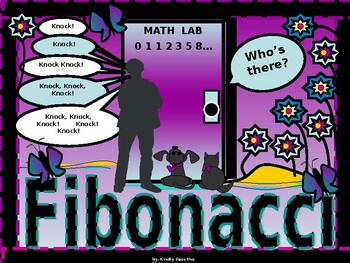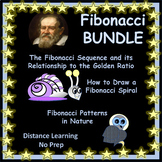Math Lab: The Fibonacci Sequence and its Relationship to the Golden Ratio
- PPT
Also included in
- Welcome to the world of FIBONACCI! The following three labs are presented in an investigative manner, intended to provoke thought among the students and to guide them into an outstanding learning experience as they enter the fascinating world of The Fibonacci Sequence. Each lab addresses the FibonacPrice $11.03Original Price $12.25Save $1.22
Description
The following math lab demonstrates to students the interesting relationship between the Fibonacci Sequence and the Golden Ratio.
* The lab begins with an introduction to Fibonacci providing a bit of background regarding his life and how he gradually came up with the Fibonacci Sequence.
* Essential terms are discussed and clarified
* A brief discussion of Fibonacci and "the rabbit problem" follows
* The Golden Ratio and The Golden Rectangle are defined
* Students write a new sequence of numbers by using Fibonacci's sequence and dividing each number by the number before it.
* Students observe a pattern or trend
* Beginning the lab, students use graph paper and a data chart (both provided in the lab) and follow explicit directions to observe a complementary pattern or trend found on the Golden Rectangle.
* The lab concludes with two analysis questions for students to answer in reflection of the lab.
* Please enjoy!
Love to teach!!!






